EDUCATION AS A HUMAN RIGHT
April 20, 2021 2023-09-18 21:24EDUCATION AS A HUMAN RIGHT
Education has been affirmed as a fundamental human Right
under the Universal Declaration of Human Rights. This is after the realization
that education is a prerequisite for the realization of other Human Rights,
such as the Right to Health and Wellbeing; the Right to Freedom of Expression, Freedom
of Religion; and the Right to Access to Clean Water, among others.
Education empowers human beings to enjoy full rounded
development. It aids in poverty reduction and enables improved livelihoods. It enhances
gender parity; and it enhances reduction in child mortality, maternal mortality
and lowers disease burden.
Education as a Human Right entails free, compulsory,
universal and quality primary education; quality secondary education that is
accessible to all, non-discriminative, and quality higher education (UNESCO,
2007).
The definition of Education as a product is the sum
depository of knowledge, skills, and all other cognitive achievements a person
has acquired through formal, informal, structured, or unstructured settings
through which he or she is able to apply in understanding and solving
challenges or problems they encounter.
The definition of Education as a process is the
procedure of acquiring of knowledge, skills, and other cognitive abilities to
equip one to participate in alleviating problems encountered by humans and to
enable continuous improvement of human life. Through education, humans are
equipped with competences that enable them to participate in divine actions
such as environmental protection; sustainable development, such as sound
agricultural practices, and respect for human life; physical conservation and
promotion of social equity.
Through education, humans can nurture a balanced set
of capabilities to be economically productive, to nurture sustainable
livelihoods, contribute to peaceful and democratic societies and enhance
individual well-being in health and wealth. Education enables continuous
conveyance of communally significant experience from proceeding to subsequent
generations. Any method that enables people to improve their status in
whichever sphere of life falls within the domain of education (Arthur, 1991)
Since creation, education has always existed; reasons
for its achievement have remained constant though the means and modes of
delivery have advanced with technological advancements. For instance, whereas
education in the traditional African setup was laced with culture and packaged
through stories, parables, idioms, the aim was to enlighten the recipients by
use of common and familiar occurrences so that they could relate the knowledge
and its intended use.
Today the same education is offered through books and
other ultra-modern media such a digital space. In both cases of delivery, the
need for education remains enlightenment for active participation in solving
human problems as well as for welfare improvement.
In my view, education is achieved through the process
by which information and knowledge is packaged and passed to those learning
from those who have learnt in the society. Knowledge, being the integral
component of education, has been created through continuous discovery of
methods of solving individual and societal problems, as well as methods of
advancing individual and societal welfare.
Through time, these discoveries have been compiled
into a repository of knowledge, skills and competences and have developed into
norms, beliefs, values, habits, and procedures. Through replication and
application of these sets of norms, beliefs, values, habits and procedures,
education is achieved regardless of the mode of delivery (Arundhathi et al,
2016).
For instance, in the mediaeval times, education was passed
through contact and the “seeing is believing” method, but with the advancement
of technology, education is passed remotely through broadcasts,
telecommunications, books, journals, internet and can be passed to multitudes
of people in the whole globe at once.
Furthermore, currently, there is never a need to make
any physical contact for education to be delivered. Occurrence such as the
COVID-19 pandemic have pushed imaginations further in that almost all forms of
knowledge and skills can be passed virtually, and that as technology advances,
there will be no need to physically know those passing on education as long as
you can connect remotely through the digital space.
This is one way that has made the AIU method of
learning unique and admirable. Nowadays, person do not need to drive to school.
It is the other way around – someone will have to drive away from school to
acquire education safely.
In my view, education will be best achieved if we all
agree that everyone is unique, and has something to offer to the world, and
that technology has allowed us this opportunity. We also need to acknowledge that
education can take place in formal or informal settings, and any experience
that has a formative effect on the way one thinks, feels, or acts ought to be
considered education.
References
Arthur W. Foshay (1991).The Curriculum Matrix: Transcendence and Mathematics,” Journal of Curriculum and Supervision.
Arundhathi Thangeda, Bakisanani Baratiseng, ThatoyamodimoMompati (2016). Education for Sustainability: Quality Education Is A Necessity in Modern Day. How Far do the Educational Institutions Facilitate Quality Education? Journal of Education and Practice
United Nations Educational, Scientific and Cultural Organization (UNESCO, 2007). A Human Rights-Based approach to education for all. A framework for the realization of children’s right to education and rights within education. UNICEF New York, NY 10017, USA
 |
Author : samuel mbogo |



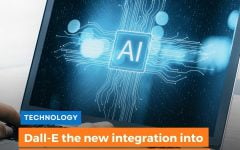
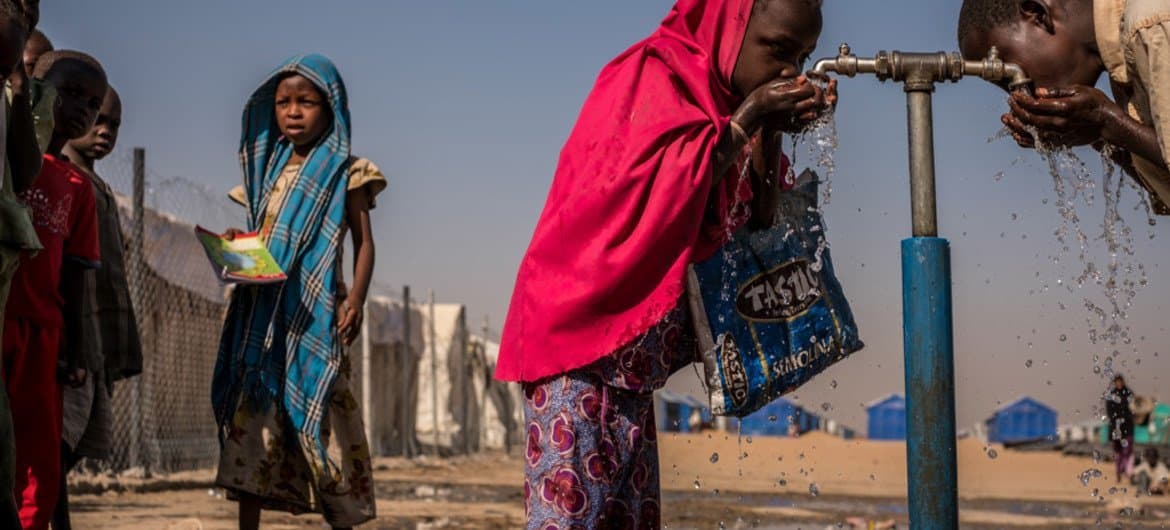

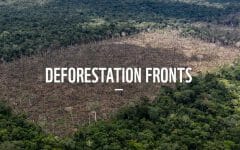





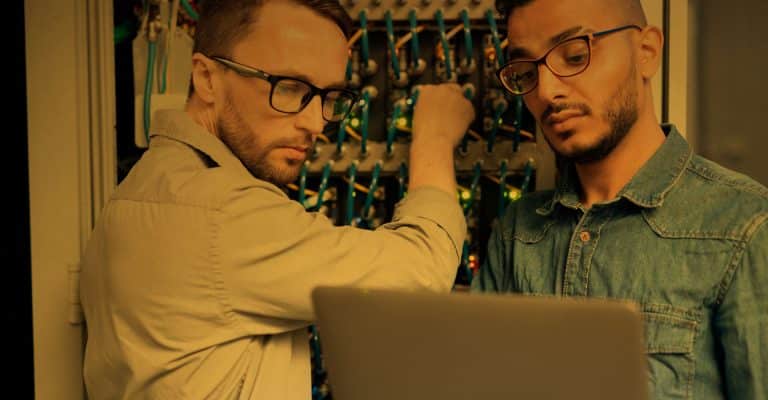
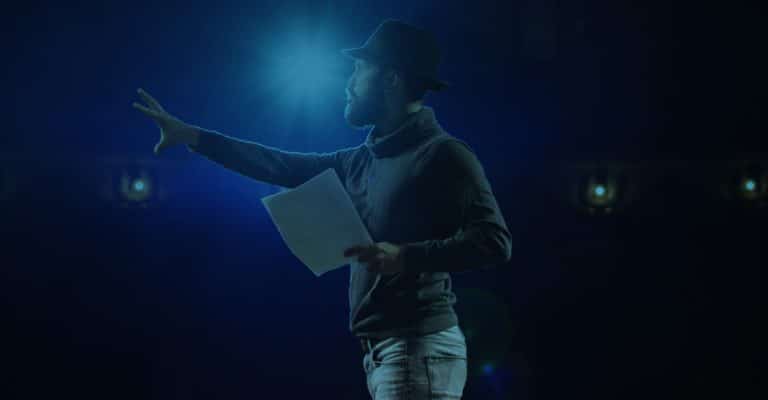


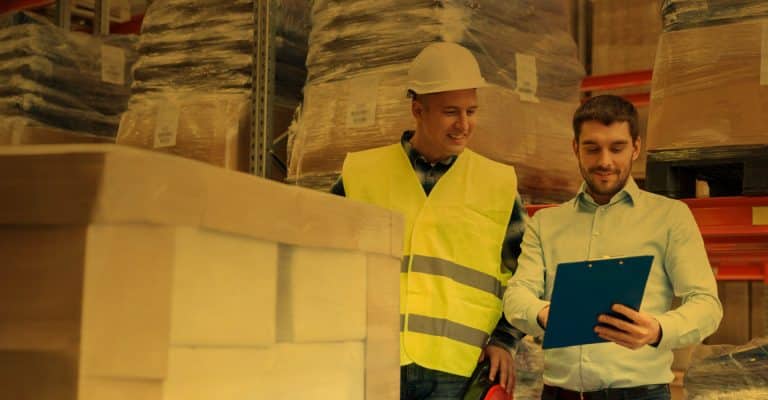
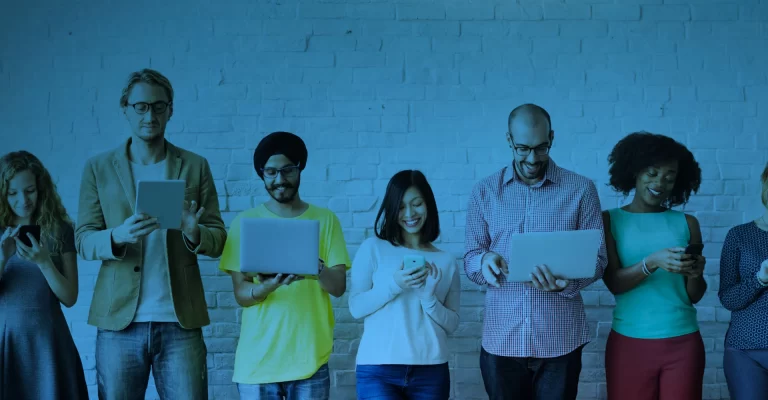







Comment (1)
Hugo Frez
MuyExelente lo dicho comprensible, gracias.